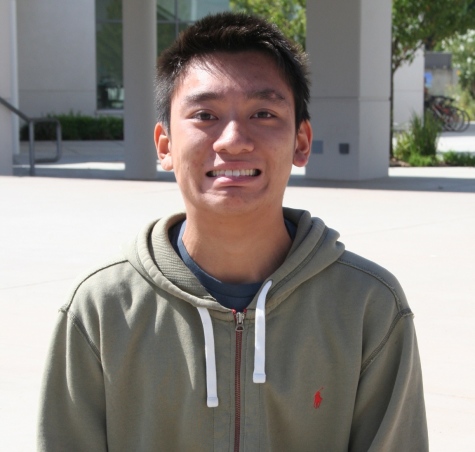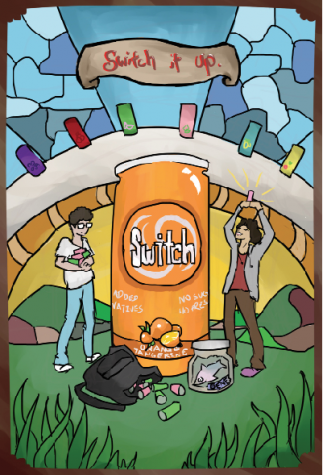Community service possible for truants
A Cal High junior girl was recently punished at a district hearing with 10 hours of community service for multiple cuts and excessive tardies.
But when she did not finish the 10 hours within the one month window she was given, she was punished again with an additional 30 hours of community service.
She is fulfilling these hours by working at a local soup kitchen.
The punishment was issued by the district’s School Attendance Review Board (SARB), and it can happen to any student who cuts class or is regularly tardy.
“I understand my mistakes, and it was my own laziness that caused this situation to happen,” said the girl, who wished to remain anonymous.
“Our ultimate goal is to get people to graduate, so we try to keep people in school in hopes that they would learn in class, and be able to successfully graduate,” said Scott Corso, Ca’s attendance director and the school’s contact for SARB.
Corso could not provide specific numbers who have been punished with community service for truancy and excessive tardiness because of confidentiality rules.
But he said community service is not the immediate punishment for not attending school or constantly arriving late.
“Community service is a last resort, and rarely given to students,” said Corso.
There are advancing levels of punishment in the SARB process, Corso said.
First, a notice is sent home by school district or site regarding a student’s absences or excessive tardies.
If this step does not work, Corso or another school district employee will request to meet with the student and a parent or guardian to discuss attendance concerns and make recommendations to improve his or her attendance.
The third step is district hearing, which then may be followed by community service.
Students who don’t complete community service could be given additional time, such as the Cal girl, or may be referred to juvenile court.
Once a student’s case reaches the court, regardless of the result, a permanent mark will be left on the student’s permanent school record.
These steps are taken in the hopes that the student will improve his or her attendance.
Most students seem to agree with SARB’s punishments and goals.
“It’s good, [being] punished for not coming to school,” said sophomore Alanah Winston. “The consequences are reasonable.”
Junior Isaac Breinyn also believes that SARB’s punishments are necessary.
“If left unchecked, students could have endless absences that affect not just their education, but also the education of people around them,” Breinyn said.
California education code states that people between the age of six and 18 years old are required to attend school on a full time basis.
“We want to avoid putting students in ‘the system’ [Juvenile Justice System] if we can, so we try to improve the student’s attendance in every way possible prior to a court referral,” said district spokeswoman Elizabeth Graswich.
But the district’s SARB can take legal action against a student if he or she does not attend school, according to the district.









